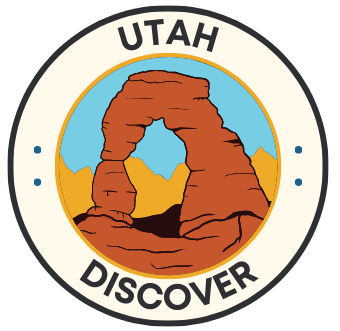Rafting the Westwater section of the Colorado River offers an adventure that’s perfect for those seeking a bit more thrill. Known for its great rapids and stunning wilderness, Westwater Canyon is ideal for more experienced rafters or adventurous families. This section features Class III-IV rapids, presenting exciting challenges amidst dramatic canyon scenery. While it may not be as laid-back as the Ruby Horsethief section (which is upstream and you can add it onto this trip), Westwater Canyon provides an unforgettable experience with bigger rapids and opportunities for wildlife sightings. It’s the perfect choice for anyone looking to step up from milder rafting trips and dive into a more dynamic river adventure. This stretch of river is 17 miles so you can raft it in a single, action-packed day, or make it an overnight trip to get the whole experience of a multi-day rafting trip.
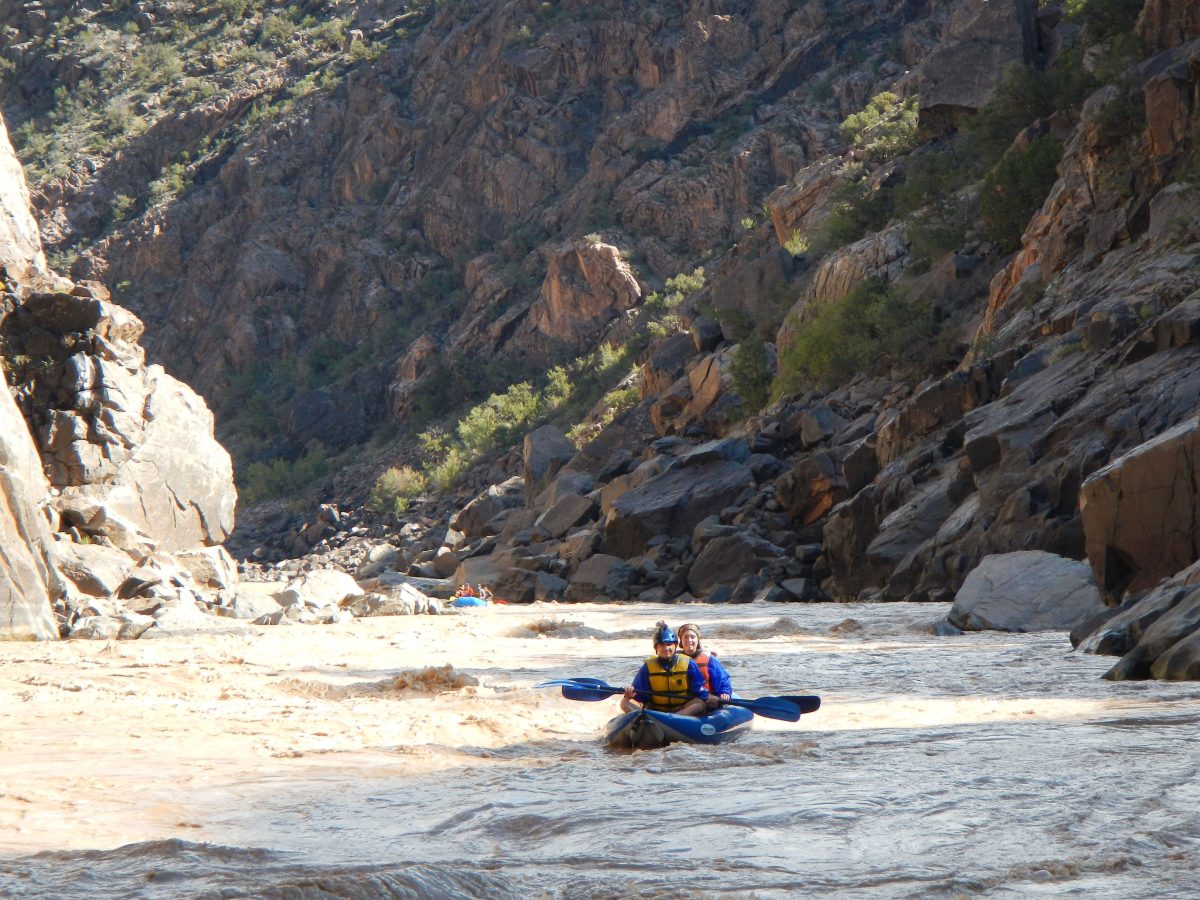
Getting There:
To get to the put-it from Grand Junction:
Take I-70 West then take Exit 227 for Westwater. Next, turn left onto Westwater Road from the exit and follow Westwater Road straight for about 6 miles to reach the boat ramp at the end of the road. Parking is available near the ramp.
If you are coming from Moab to the Westwater Ranger Station boat ramp:
Start by heading north on US-191 from Moab then merge onto I-70 W towards Green River and Salt Lake City. Continue on I-70 W for about 84 miles. Next, take Exit 227 for Westwater and turn left onto Westwater Road. Follow Westwater Road for approximately 6 miles until you reach the boat ramp at the end of the road. If you are looking for some fun things to do in Moab check out this article next.
How to get to the takeout in Cisco:
For westbound I-70 traffic:
Take Exit 214 and continue towards Cisco. At Cisco, turn left onto Cisco Pump House Road. You will pass over a cattle guard and at the next intersection, bear left, following the road towards the Boat Launch. Take the left fork to reach the take-out ramp and parking area.
Shuttling Cars
You will need two cars to do a shuttle to get a car at the takeout or you can pay a company to do the shuttle for you (see below for a shuttle recommendation). If you are wondering what a shuttle is, it is a shuttle is the process of moving vehicles from the starting point (put-in) of your rafting trip to the ending point (take-out). This is important because, after floating down the river, you will need a way to get back to your starting location to get your car.
Here’s why a shuttle is important:
- One-way Journey: Rafting trips usually flow downstream, meaning you end up at a different location from where you started. Without a vehicle at the take-out, you’d have quite the challenge getting back.
- Convenience and Timesaving: Having a vehicle waiting at the take-out allows for an immediate return to your lodging, campsite, or home, saving time and avoiding the hassle of arranging last-minute transportation.
- Safety and Flexibility: Conditions can change (like weather or water levels), sometimes making it necessary to exit the river quickly. A shuttle provides the flexibility to adapt plans and ensures safety by facilitating easy access to vehicles.
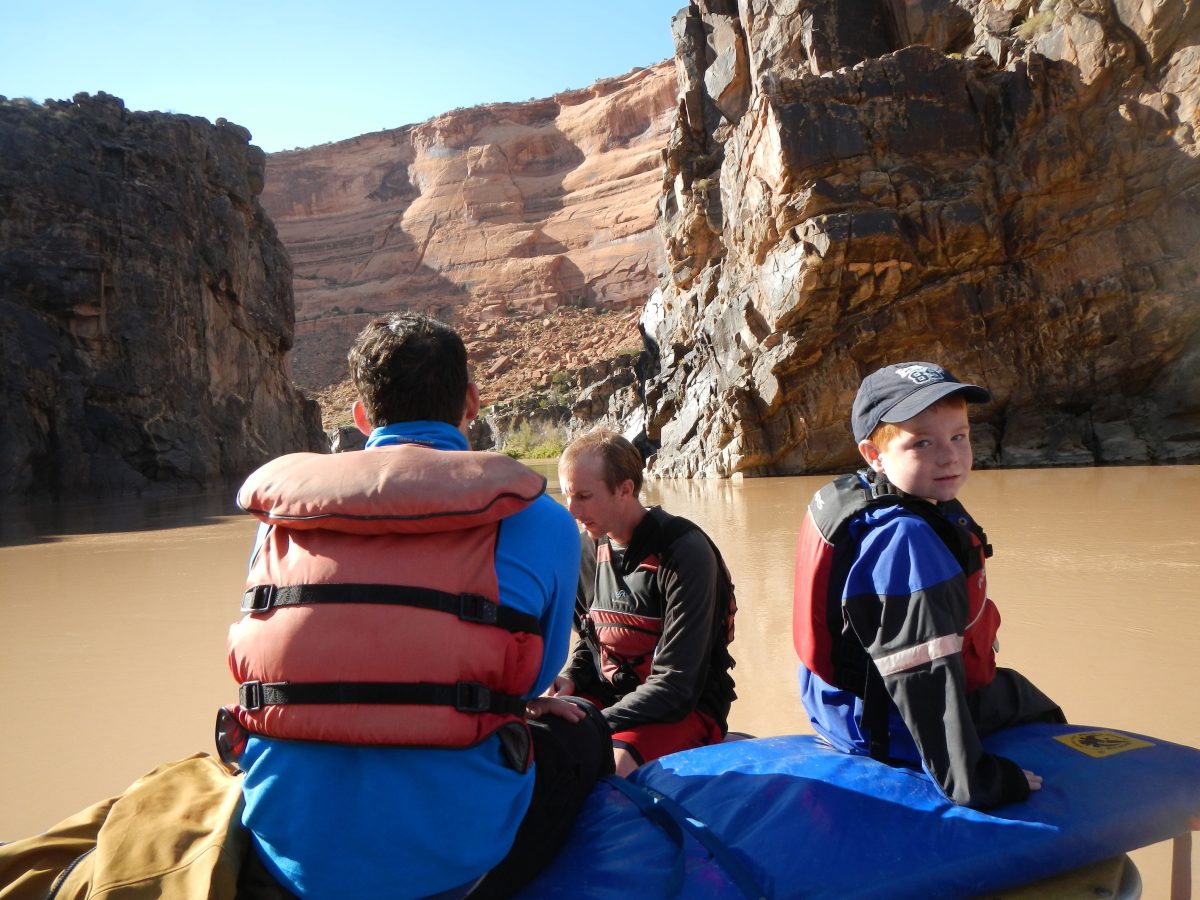
Length of Trip
Westwater Canyon is 17 miles. You can either do Westwater as a long one day trip or you can camp one night and do it in two days. Later in the year the water is moving slower so it is usually better to camp unless you get a very early start to do all 17 miles in one day. If you do Westwater plan at least 7 hours on the river longer for later in the year.
Who Should Raft Westwater?
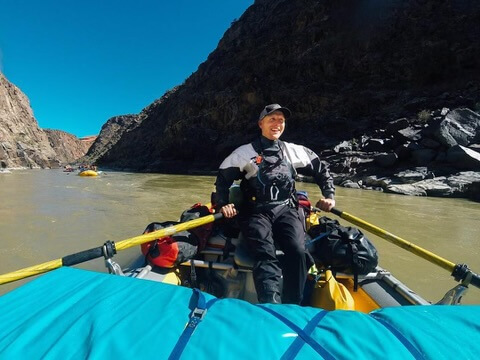
Westwater Canyon is a challenging section of the river suitable only for experienced boaters. If you have questions about the difficulty of the rapids, water levels, or any other concerns, you can talk with the rangers at the put-in or contact the Moab Field Office at 435-259-2100.
The river typically reaches its peak flow of around 20,000 cubic feet per second (cfs) in late May or early June, with water levels generally decreasing throughout the summer to about 3,000 cfs by the fall. The rapids in Westwater Canyon can change significantly with the water flow; some rapids are more challenging at high flows, while others become more difficult as the water recedes. Additionally, be mindful that local rainfall and thunderstorms can quickly alter conditions within the canyon.
For those holding permits, overnight trips are an option, with campsites assigned during the permit compliance check-in at the put-in by the rangers on duty.
Best Time of Year to Raft Westwater Canyon
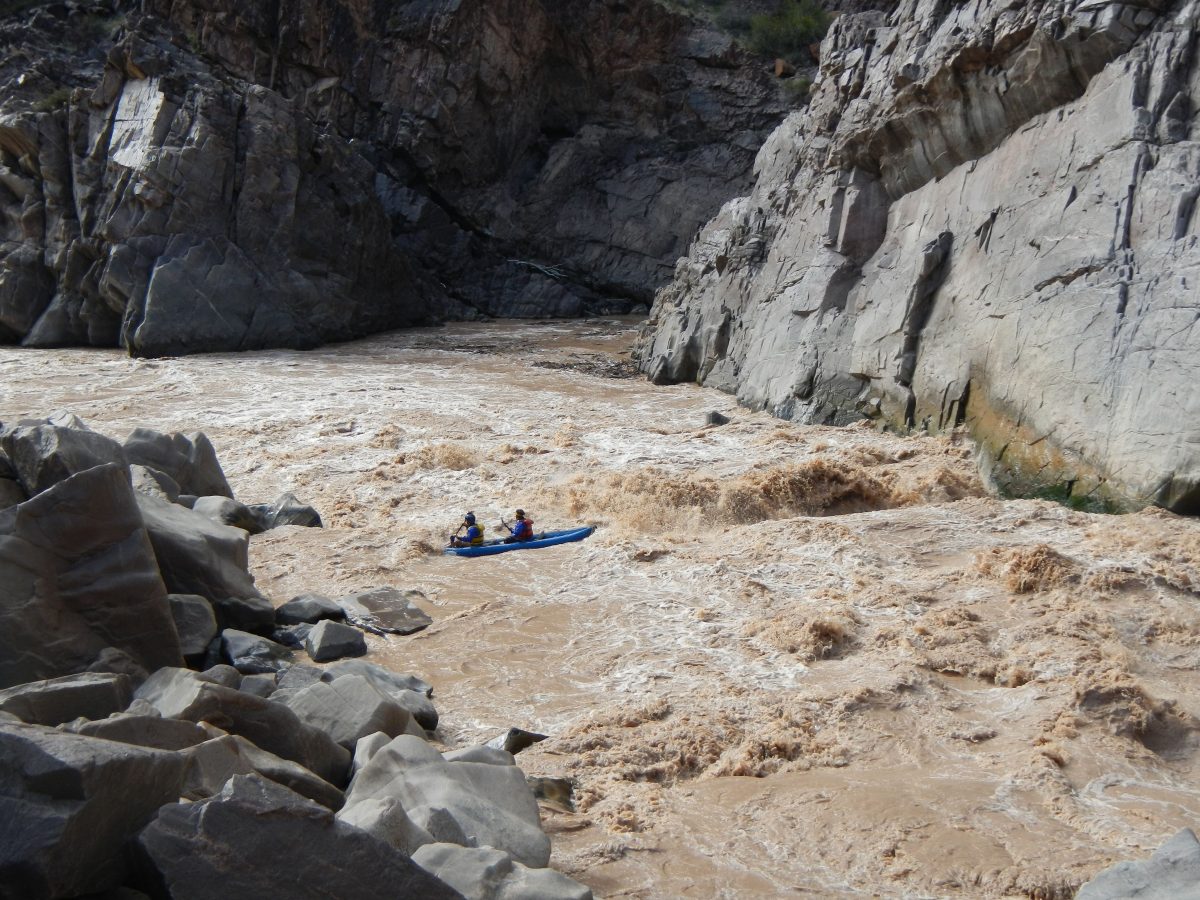
Westwater is open to float all year long. There is almost always good water flow down the Westwater section of the river. The max flow that you should run it is 30,000 CFS (cubic feet per-second) If you are going with kids I would plan to go when the river was under 10,000 CFS.
The river usually peaks around 20,000 CFS at the end of May or early June depending on Spring runoff. By September/October it is usually running at 5,000 CFS. You can check the flow here.
- 4,000 to 8,000 cfs: At these levels, the rapids are more technical and require precise maneuvering. The lower flows expose more rocks and create narrower channels that can be more challenging to navigate.
- 8,000 to 14,000 cfs: This is often considered the ideal range for most rafters. The rapids are exciting and full of big waves, but the higher water levels cover many of the rocks, making the runs a bit less technical than at lower flows.
- Above 14,000 cfs: The river becomes more powerful and the rapids can be very swift, with large waves and strong currents. If there is a raft flip or someone falls out it can take a long time for a rescue. This level and above should only be run if you are an experienced rafter seeking a more intense adventure.
Summer
Summer is a great time to raft Westwater Canyon as the higher water levels mean faster currents, providing a thrilling ride with less rowing during the flat water. There are a few big flatwater sections that can take a long time later in the year. There isn’t much shade on this trip so it can get pretty hot during the day. If you are going with kids make sure you bring some kind of shade on the raft. Either a big umbrella or a raft bimini works well. There are more bugs in the summer vs the fall so bring bug spray for the evenings. This time of year there are summer storms that can come out of nowhere. Make sure you are prepared for sudden weather changes.
Fall
Rafting Westwater Canyon in the fall is one of my favorite times to go. There are cooler temperatures and some autumn colors that line the riverbanks. The water levels are typically lower, making the rapids more technical but still a lot of fun. The cooler weather also means fewer insects and more comfortable camping conditions at night. Additionally, the fall often sees fewer crowds, making it easier to get a permit and less people on the river. Since the water levels are lower there is more beach to play at the campsites too. During the last few miles it is really flat water so we like to tie up all the boats for a late lunch until we get to the takeout.

Read Next:
- Guide to Floating Ruby-Horsethief: Tips, Essentials, and Must-Sees
- 15 Incredible Moab Hikes for Kids
- 8 Bucket List Adventures in Arches and Canyonlands National Parks
Guided Trips on the Westwater Canyon Section
If Westwater sounds like the trip for you, but you aren’t sure if you want to take on planning a trip by yourself, or if you are feeling nervous about guiding through the rapids you’re in luck! There are a few companies that guide this section of the river if you are looking to do guided trip. A guided trip is perfect if this is your first time rafting and you don’t have the gear or experience you need to raft by yourself. A company will provide almost everything to make the trip possible.
Need to Know
- There is a minimum age- 12 years old seems to be the most common you can check with a few companies if you have anyone younger than 12
- Rates start around $229
- Only have to show up with your own personal items
- Raft, lifejackets, food, shuttle, and guide provided
- Plan for about 10 hours including driving time
- Some companies offer an overnight while others only offer a long day trip
Planning Your Own Trip
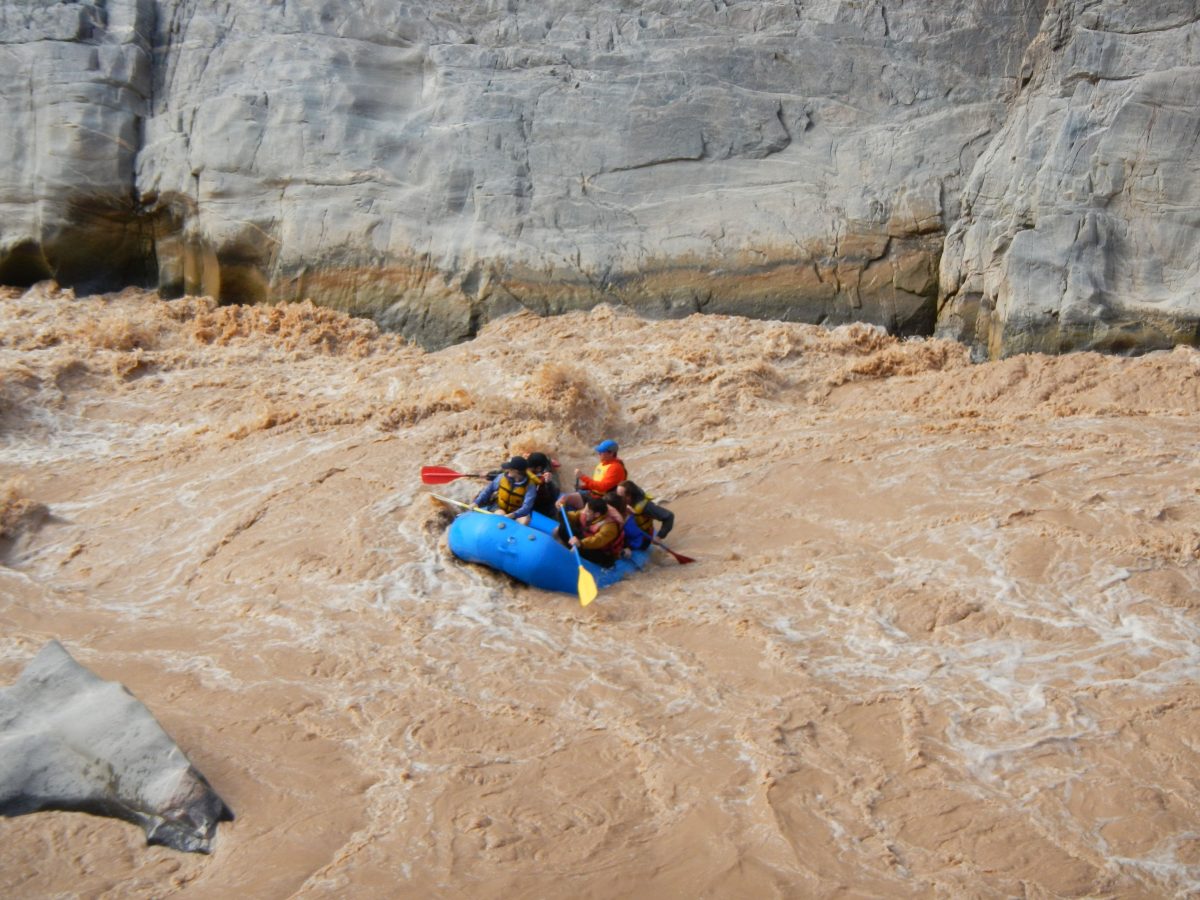
If you are planning your own trip down Westwater Canyon you can rent gear if you need to from most universities in Utah and there are plenty of raft rental companies in Utah and Colorado. We have found that the Universities in Utah tend to be the least expensive.
Need to Know
- Overnight camping permits are required and have to be reserved in advanced. You can get a permit two months in advance at 8 am MDT. You can get a permit from Recreation.gov.
- You need to have all of the gear and food for the entire trip.
- Check the list of requirements (first aid kit, fire pan, extra oar, etc) before leaving at this site. Rangers will check to make sure you have all of the proper gear and will not let you launch if you are missing items.
- You will need to shuttle your vehicles so there is at least one vehicle at the takeout. There is a company that will do it for you at Rimrock Adventures for $170 per vehicle. We always shuttle our own vehicles.
- Group size is limited to 25 (dogs/pets are not allowed)
- The rangers are very strict about making sure you have all the gear you need. Make sure you are prepared or they won’t let you launch.
What to Pack for Westwater Canyon
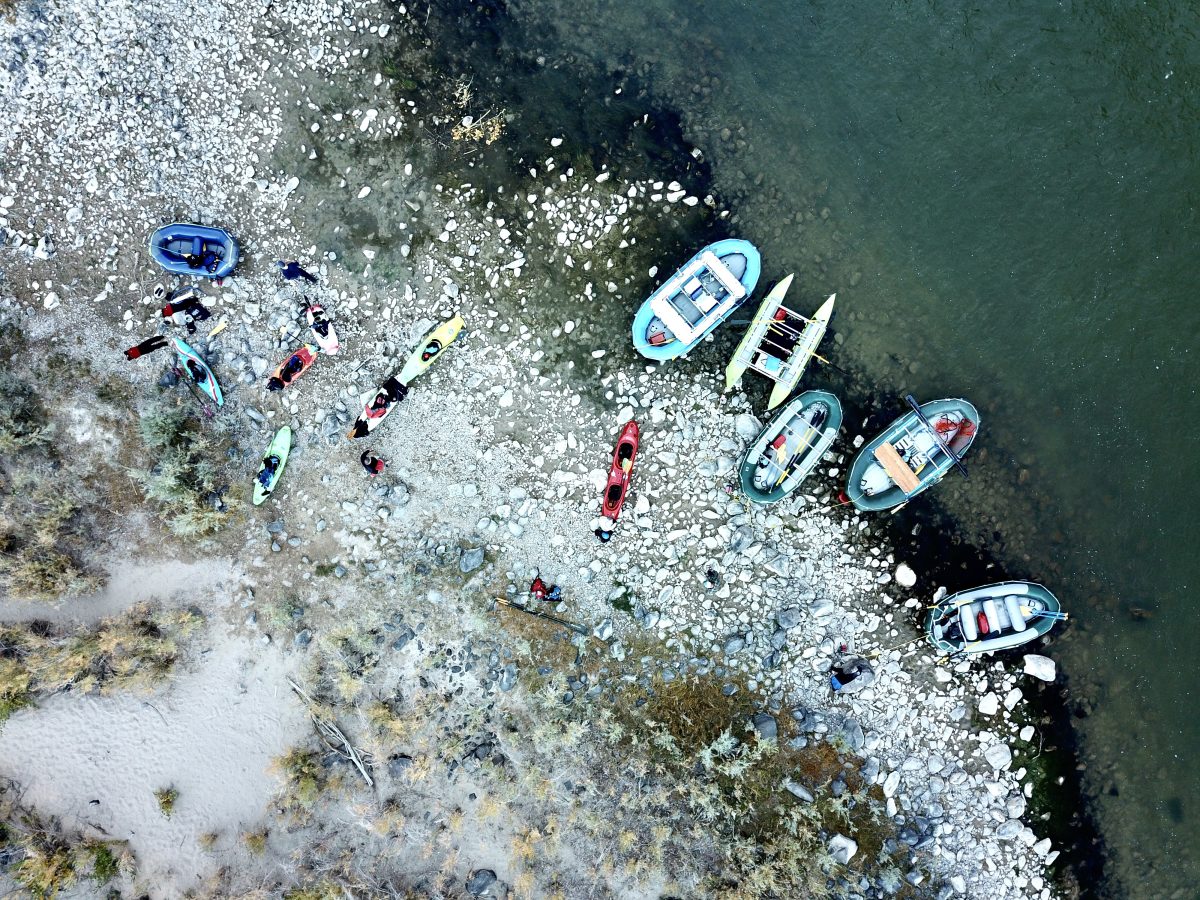
Almost everything you pack should be able to fit in a dry bag. These Watershed bags are our favorite personal bags. I have this one in orange and it is by far the best dry bag I have ever used. It is really easy to find what you need and very waterproof. These are our favorite bags for bigger gear such as tents and sleeping bags for kids. These are great for things you need during the day such as sunscreen, snacks, putting extra layers. Don’t forget to bring life jackets for everyone and we recommend that everyone (even adults) always wear a lifejacket when on the river, even if it isn’t required on some rivers. Make sure that the lettering isn’t faded inside your lifejacket. We have had some lifejackets rejected for this section of the river because some of the lettering inside was worn away.
Personal items that must fit inside a dry bag
- Swimsuits- at least 2
- Sun protective clothing
- Sunglasses
- Hat
- Sunscreen and Chapstick with SPF
- Quick drying clothing- try to avoid cotton for when you are on the river
- Fleece jacket
- Rain Jacket
- Warm clothes for evenings and nights- especially for fall and winter trips
- Water shoes such as Chacos or Keens
- Hiking shoes- if you are planning on going on a hike or just to wear around camp
- Hammocks- Some of the campsites have a lot of great trees some have little to none
- Camp chair- Most campsites are sandy so backpacking camp chairs tend to sink into the sand and not work as well
- Headlamp
- Toiletries
- Lotion- my skin always gets so dry on the river!
- Small towel
- Biodegradable shampoo and conditioner
- Bug spray- depending on the time of year the bugs can get bad
Camp Equipment
- Stove
- Table
- Fuel
- Water- We recommend bringing most if not all of your water for the trip. The water is very silty and difficult to filter
- Water filter- even though we bring lots of water, its still a good idea to have a back-up water filter
- First aid kit
- Repair kit for your raft
- Map of river- this map is our favorite for this trip
- Garbage bags- You are required to take all garbage out of the canyon. Including coals, garbage, food etc
- Groover or reusable toilet system- Required to take out solid waste including pet waste
- Fire pan- make sure to check if there is a fire ban in place
- Extra paddles and oars
- General camping gear- tent, sleeping bags, pads, etc
Campsites Along the Way
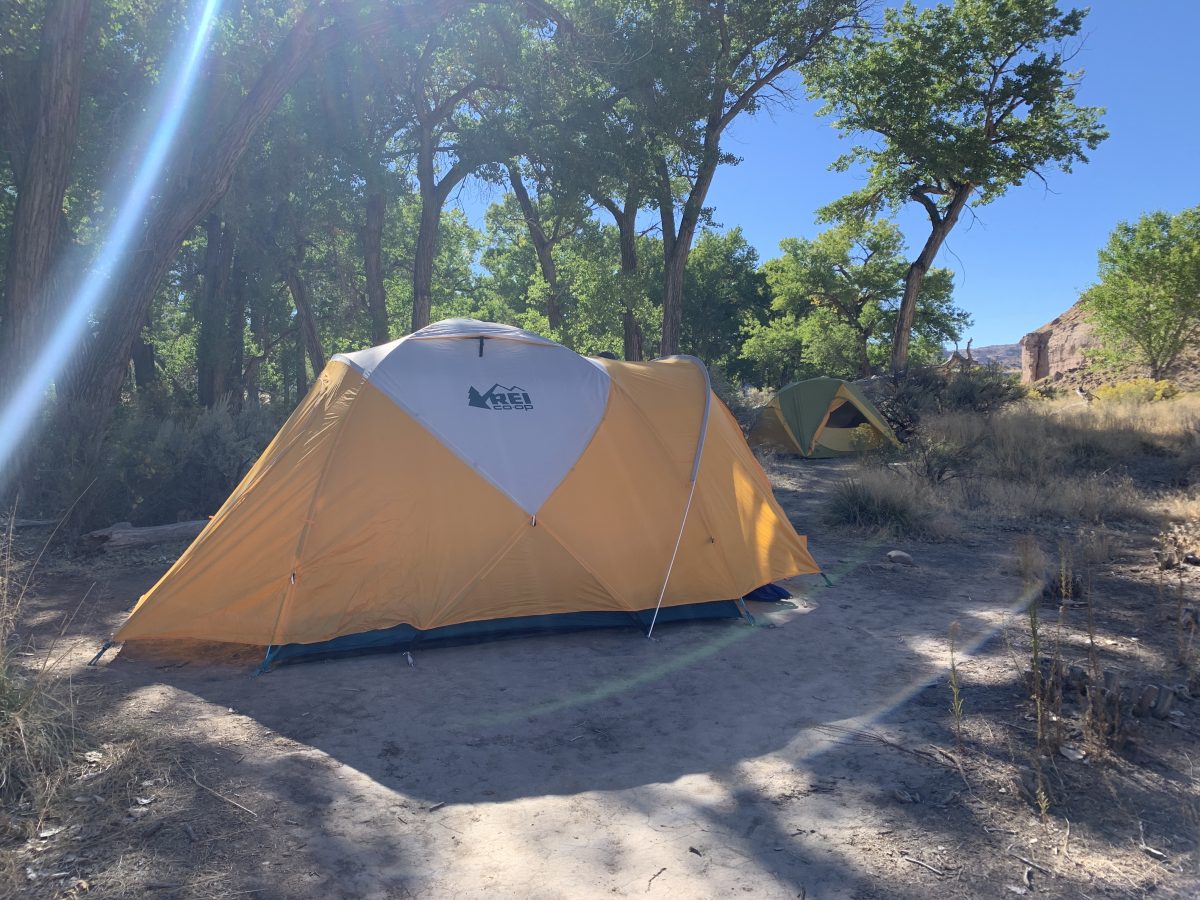
There are some fantastic campsites along this stretch of the river. Our go-to map for navigating this section is a waterproof guidebook that’s packed with details. It includes comprehensive maps that cover everything from each campsite and side hikes to locations for viewing petroglyphs and historical sites. It also provides crucial info on rapids, including where to scout the bigger ones, as well as river mileage. This guidebook is invaluable for independent trips, covering Westwater Canyon, Ruby Horsethief, the Moab Daily through the confluence with the Green River, Cataract Canyon, and more. It’s an essential resource for planning your journey, allowing you to choose a campsite that suits your needs perfectly. Remember, campsites are assigned on a first-come, first-served basis at the boat ramp, and you must be all the way ready to launch before they assign you a spot.
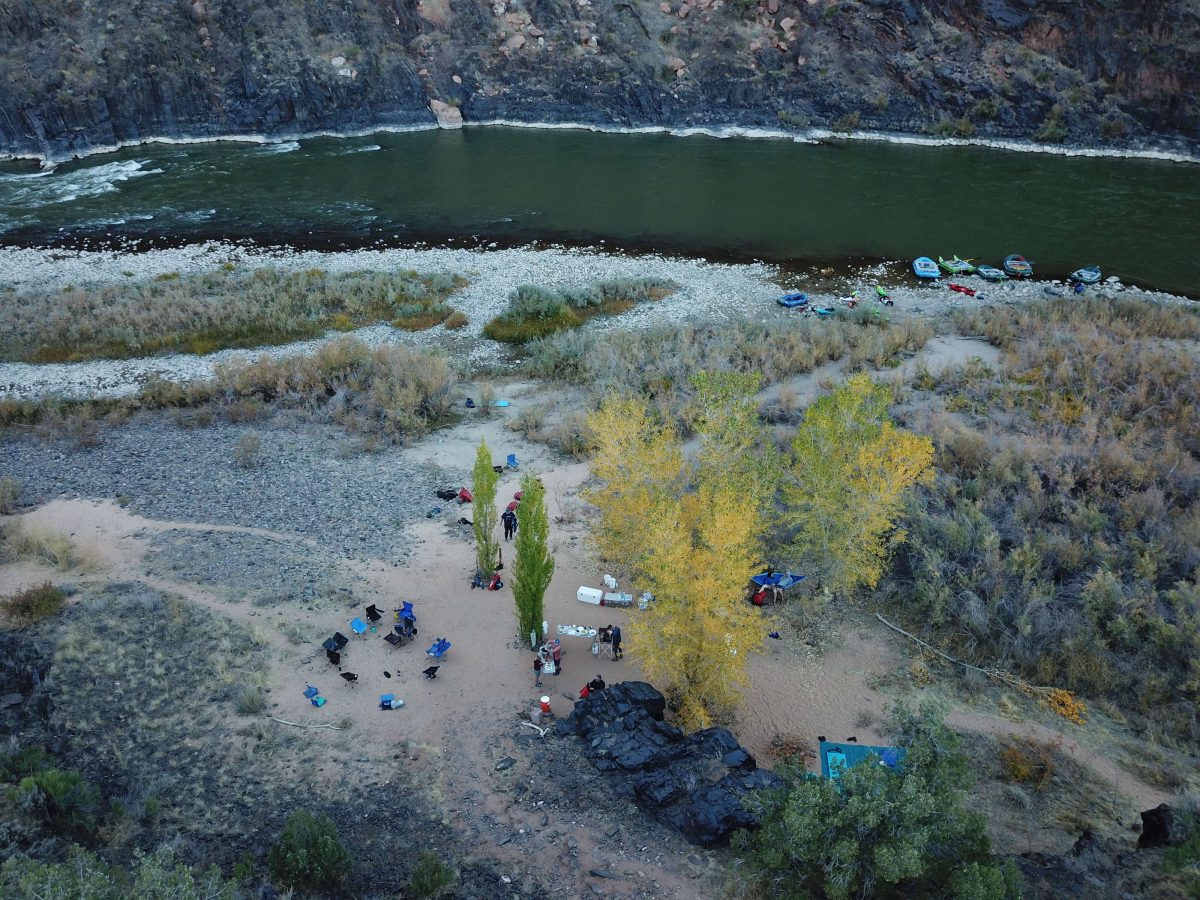
Side Hikes and Points of Interest
The Westwater Canyon section of the Colorado River offers access to unique geological formations, ancient rock art, and scenic overlooks. There are several places to hike and some petroglyphs to enjoy.
Miners Cabin
There is an old abandoned cabin around mile 4 that is a short hike from the river. Remember not to touch anything to preserve it for other people to enjoy.
Bowknot Bend Hike
This hike is about 1.4 mile out and back trail, depending on which route you take that has an amazing view. The Bowknot Bend hike is named after the unique geological feature where the Colorado River makes a dramatic 180-degree bend, creating a loop that resembles a bowknot.
Petroglyphs
Several spots along the river feature ancient petroglyphs, offering a connection to the Native American history of the area. These sites are accessible via short hikes from the riverbank. These ancient artworks often depict animals, human figures, and abstract designs. Some of the petroglyph sites are more accessible than others, with locations varying from just a short walk to a longer hike away from the river. Check out the guidebook for more information on where to stop to see them. Make sure to never touch them and leave the area how you found it.
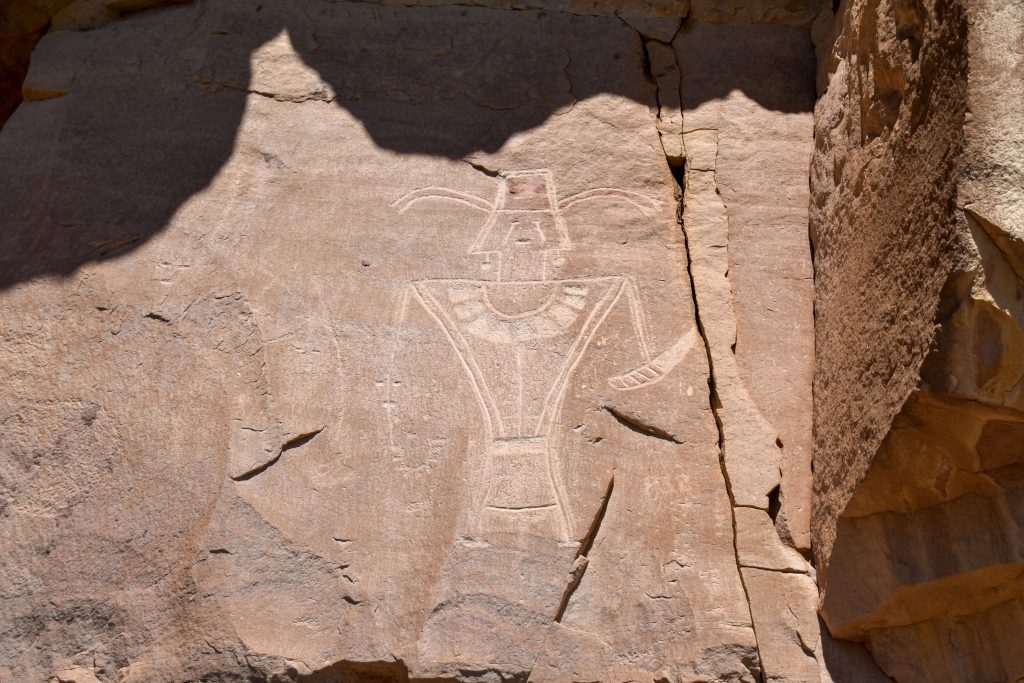
Wildlife That is Found in this Area
Westwater Canyon is full of wildlife, enhancing the rafting experience with opportunities for animal sightings. Bald eagles and hawks are often seen flying overhead, especially during the winter. Great blue herons frequent the riverbanks, and it’s not uncommon to spot mule deer near the water at dawn and dusk. Playful river otters can sometimes be seen in the water, and if you’re lucky, you might observe bighorn sheep navigating the steep canyon walls. While Westwater is not primarily known for fishing, the variety of animals along this stretch of the river certainly adds to the overall adventure.
Leave No Trace
While enjoying the wildlife, it’s important to maintain a respectful distance, especially since this area is home to sensitive habitats. Always practice Leave No Trace principles to ensure that the natural beauty and animal residents of the Westwater Canyon stretch remain undisturbed for future visitors to enjoy.
- Plan Ahead and Prepare: Research and prepare for your visit to minimize your impact on the environment and ensure safety.
- Travel and Camp on Durable Surfaces: Stick to established trails and campsites to avoid damaging vegetation and soil.
- Dispose of Waste Properly: Pack out all trash, leftover food, and litter. On this stretch of river it is required to pack out all solid waste using a reusable toilet system.
- Leave What You Find: Preserve the past and respect wildlife by not touching cultural or historical structures and artifacts. Do not pick plants, rocks, or other natural objects.
- Minimize Campfire Impacts: Use a camp stove for cooking and enjoy campfires in designated areas only. Keep fires small and ensure they are completely extinguished before leaving.
- Respect Wildlife: Observe animals from a distance without feeding them or affecting their natural behaviors.
- Be Considerate of Other Visitors: Respect other users of the outdoors by keeping noise levels down and maintaining polite trail etiquette.
Following these principles ensures that natural spaces remain beautiful and accessible for everyone.
Safety Tips
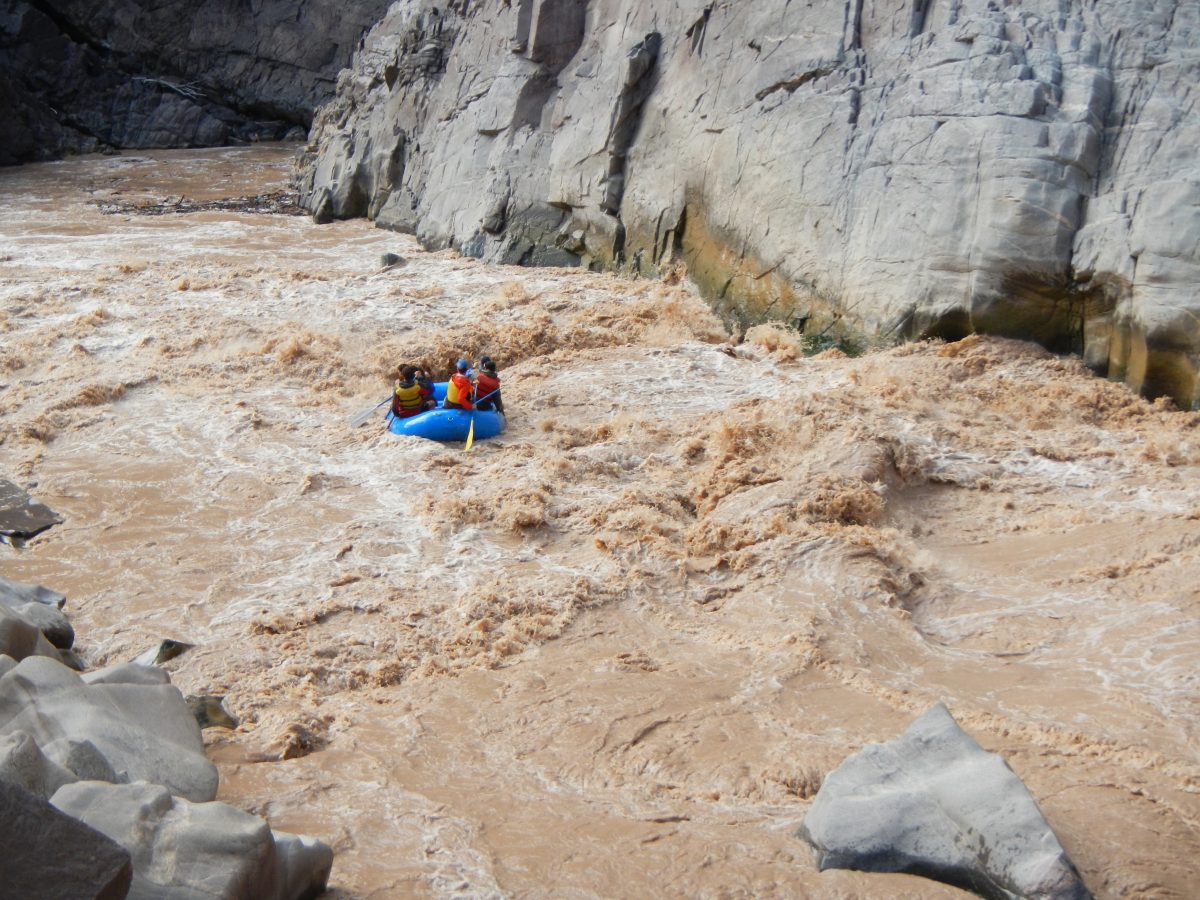
It is important to be prepared while on a river trip. Here are a few tips to help keep everyone safe while rafting.
Always Wear a Life Jacket: It’s crucial that everyone on the river wears a life jacket that fits well, at all times. This rule applies to all rafters, no matter how skilled they are at swimming. A life jacket is your best safety measure against the unpredictable waters.
Prepare for Changing Weather: The weather can shift unexpectedly, especially in areas with canyons. Dress in layers to adapt to varying temperatures throughout the day, and carry rain gear to keep dry. Always check the weather forecast before setting out, and consider bringing some form of shade to protect against the intense sun.
Emergency Preparedness: Ensure you have a well-stocked first-aid kit and are familiar with how to use it. It’s important to have a strategy for emergency communication, particularly in regions where your cell phone won’t have service.
Stay Hydrated and Sun-Safe: Keep hydrated by drinking lots of water and consider bringing flavored electrolyte powders, like Gatorade, to encourage everyone, especially kids, to drink more. Apply sunscreen generously and often, and wear sun-protective clothing. The sun’s rays are especially strong over water and at higher altitudes.
Know the River: Before you set out, study the river map carefully. Understand where the rapids are, their difficulty levels, and any areas requiring extra caution.
Follow River Etiquette and Regulations: Maintain a respectful distance from other boats, keep noise to a minimum, and adhere to all local rules about camping, fire-making, and interaction with wildlife.
Consider River Rafting Education or a Guided Tour: If you’re unfamiliar with rafting or the specific river section, like Westwater Canyon, think about taking a river safety course or joining a tour led by a knowledgeable guide. This can enhance your safety and enjoyment of the trip.
